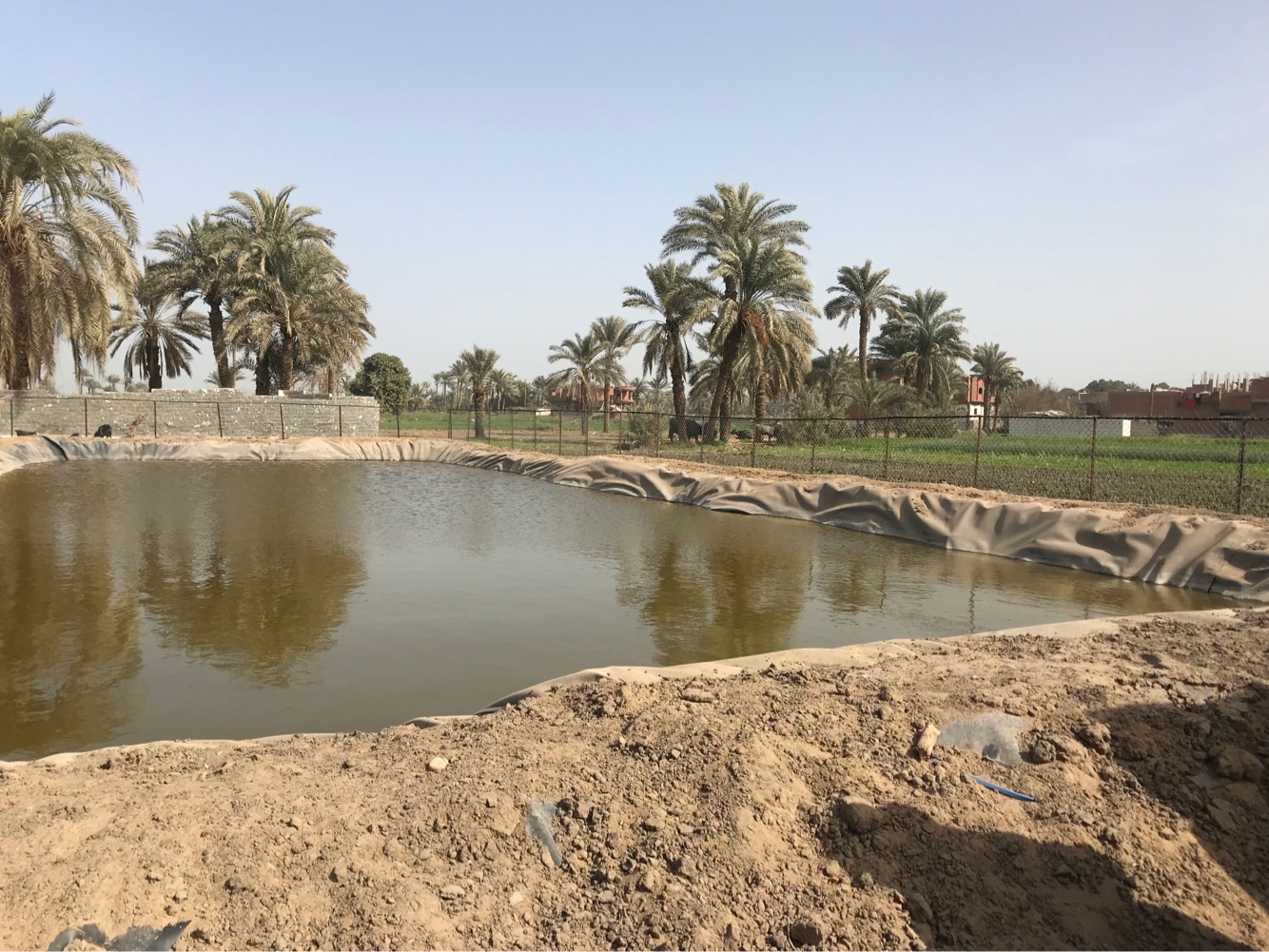Workspace Affects Output of Architecture Students
By: Salma El Saeed
Many Architectural Engineering (AENG) students have been complaining recently about their department’s lack of spaces and facilities necessary for effective learning.
“The main issue we’re facing is the amount of space,” said Malak Madkour, an AENG graduating senior, adding, “We do a lot of our work on-campus in the studios but there are too many people and we don’t have the same access to the workspaces that we did a couple of years ago.”
Nemat Abdallah, another AENG senior, said that students usually end up going to other departments that have more space to work, but that the students of those departments tend to complain.
Abdallah added that the improvement of facilities and the general work environment are imperative in order to support the students’ work and would allow more creativity and efficiency.
Magda Mostafa, an associate professor in the AENG department and the faculty advisor of the AENG Association, said that the issue of space is one that all parties see as a problem.
She added that the department formed a committee to resolve the issue of space by analyzing the space they currently have access to, as well as the space needed by students and faculty and how feasible expansion plans would be.
“When [the Association] requested some improvements, such as an area to store our belongings and better maintenance of the laser cutters, the department said there were insufficient funds for such steps to be taken; there haven’t been any changes since then,” said Mohamed Talaia, previous vice president of the AENG association.
He added that instead of remedying some of the problems the AENG students are facing, he saw that the department allocated some funds to unnecessary things.
“It’s not that the department hasn’t responded to the demands; it’s in the process of responding,” Mostafa said, adding, “These kind of decisions have to be looked at on the scale of the university. There’s a process of organizing everyone’s demands to make sure everyone gets what they want with what is available.”
The AENG department currently has two laser cutters and two 3-D printers, both of which the students can use free of charge, but not all students have access to these tools at all times, said Mostafa.
She added that the department has created a system to prioritize the use of these tools and to ensure the students’ safety, but the system has led to some students being disgruntled because they don’t always have access to it.
Mostafa told the Caravan that to ensure that students get fair access to the machines, the department has created a list that includes the coursework that should use the machines and others that should not.
She explained that this system was done to help create a method of fair prioritization, while also ensuring that students effectively fulfill the objectives of their courses.
“We initiated a process where students are certified and they go through a workshop of training on how to use the equipment to make sure that nothing gets broken and that nobody gets hurt,” Mostafa said.
Although the Construction and Architectural Engineering department is facing issues in terms of the availability of space, they are privy to many advantages that other departments do not have.
Those advantages include the department’s location and the availability of a lounge for the associations of the schools, said Mohamed Naguib, chair of the construction and architectural engineering department.
“Abroad, students have to pay to use most of the machines and tools, whereas AUC students have access to these tools free of charge,” said Salma Nassar, an AENG senior, adding, “On the flipside, the students abroad have much more space to work.”
The AENG major was created in 2007 but it was not provided with an independent department; instead, the administration added it to the Constructional Engineering (CENG) department.
Naguib said that this decision to merge the two majors did not account for the large increase of students in the subsequent years; therefore, the space that had been made available for students from both majors has become insufficient. AENG alone has around 330 students.
“In addition to the number of Construction Engineering students [double majoring], the number of students who joined the Architectural Engineering major after its establishment was also double what we had anticipated,” Naguib added



